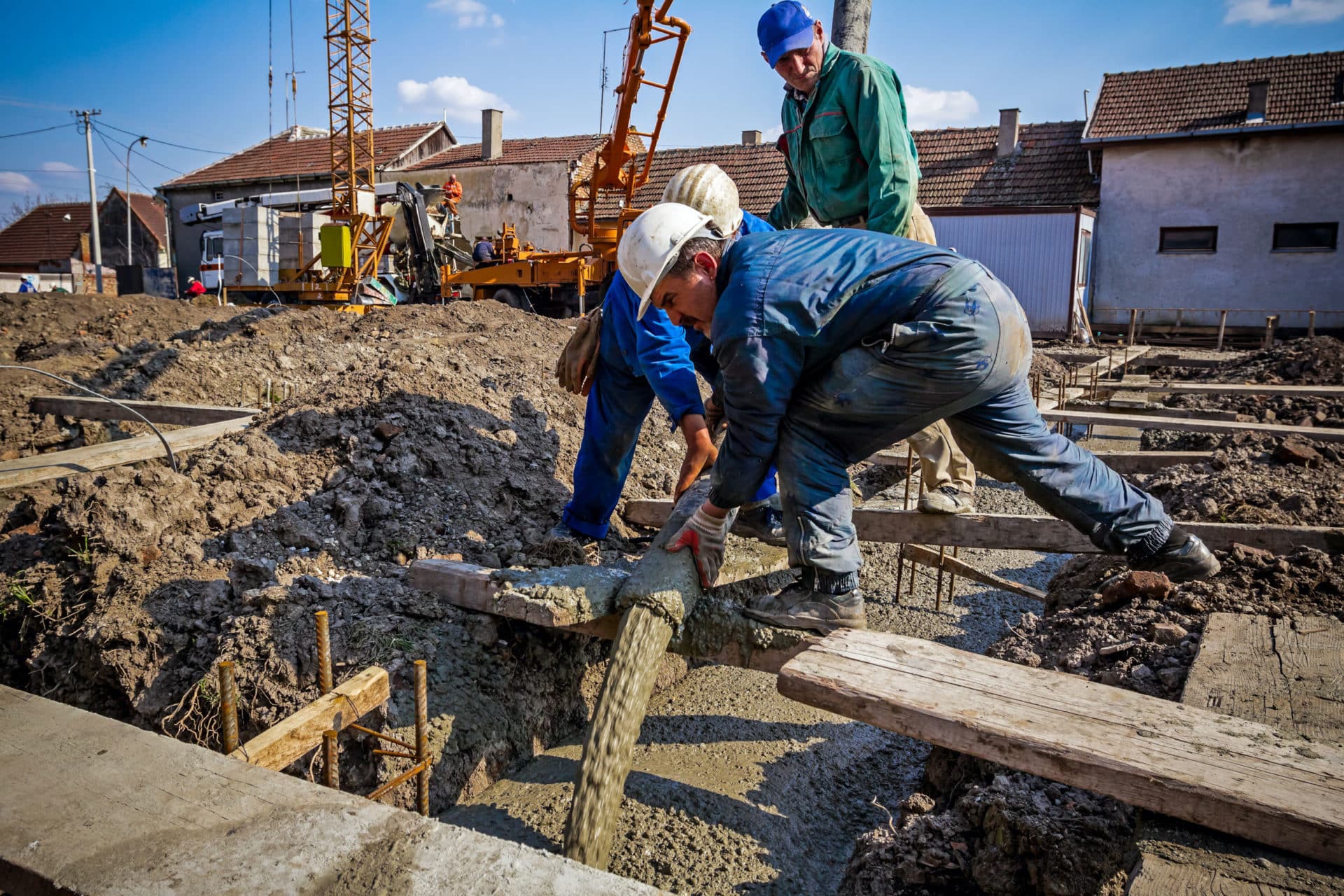Free Consultation
Free Consultation

Construction is a dangerous job. Everyone knows this, but unfortunately our city has been reminded of this fact in a big way recently.
Between the days of April 8 and April 13, three men on three separate New York City job sites died as they worked. The news of these deaths have forced officials throughout the city to reflect on the current safety laws… and how they are not being properly enforced.
If construction workers and businesses fail to start following these laws and safety regulations, we can expect even more deaths to occur.
If only there was just a single issue.
One was crushed by a 7.5 ton counterweight that was used to lift a crane. Another man was hit in the head by a stone slab. Officials believe that the scaffolding he was standing on failed. The final man died from a fall, which is the top cause of construction-related deaths throughout New York.
Sadly, the rate of construction injuries and fatalities in our state is staggeringly high. In 2017 alone, New York suffered 69 construction deaths. Worse, fatalities have been increasingthroughout the state, making many people in the construction business feel uneasy about general safety at work.
Our high rates of construction injuries and deaths aren’t a new occurrence. This is an issue that has been around for many years.
Lawmakers have made efforts to protect workers and enforce more safety training, but even the laws that have passed aren’t always being enforced. Perhaps these recent deaths will finally be the wake up call managers and officials need to truly make safety a priority.
Local Law 196 is an example of one of the laws that have passed but have failed to change construction practices. The law requires that:
When the law was first enacted, workers were supposed to have completed this training by May 2019. However, if the Department determines that there are insufficient resources available to implement this training, the deadline may be pushed back to September 2020.
Training includes information on fall prevention, working with scaffolding, and drug and alcohol awareness. Unfortunately, not all workers or supervisors have gone through the required training — many aren’t even aware of these laws!
New York has implemented other construction laws over the past decade as well. For example, smoking at construction sites was banned in 2017. Other laws have required strict registration for certain job positions.
If you are a manager on a construction site, you have the responsibility of looking into these laws and making sure your team is compliant every day. If you are a worker, you have the responsibility of holding your project managers accountable. Supervisors and managers have to undergo more training and implement more rules than workers do. Don’t let the negligence of one supervisor put your life at risk.
If you are a construction worker here, you should be worried about your safety. The training required by Local Law 196 is a good start, and if you have not yet received it, you should push for it with your supervisors.
However, safety doesn’t stop after you leave your training session. Simple protection gear like a hard hat or a safety harness can save a life. Workers who fail to tie themselves up on a job put themselves at a higher risk of falling and dying.
Don’t let inconveniences, peer pressure, or a lack of knowledge on safety lead to you getting seriously hurt.
If you are already dealing with a construction injury, know that you’re not alone. There are ways to fight back for the compensation you deserve and hold the responsible parties accountable.
Negligence and unsafe conditions should be made known and should make headlines. Sometimes, the only way to change things for the better is to shine a light on a dangerous problem by filing an injury lawsuit and making the cost so high that implementing better safety practices is the better “business” decision.